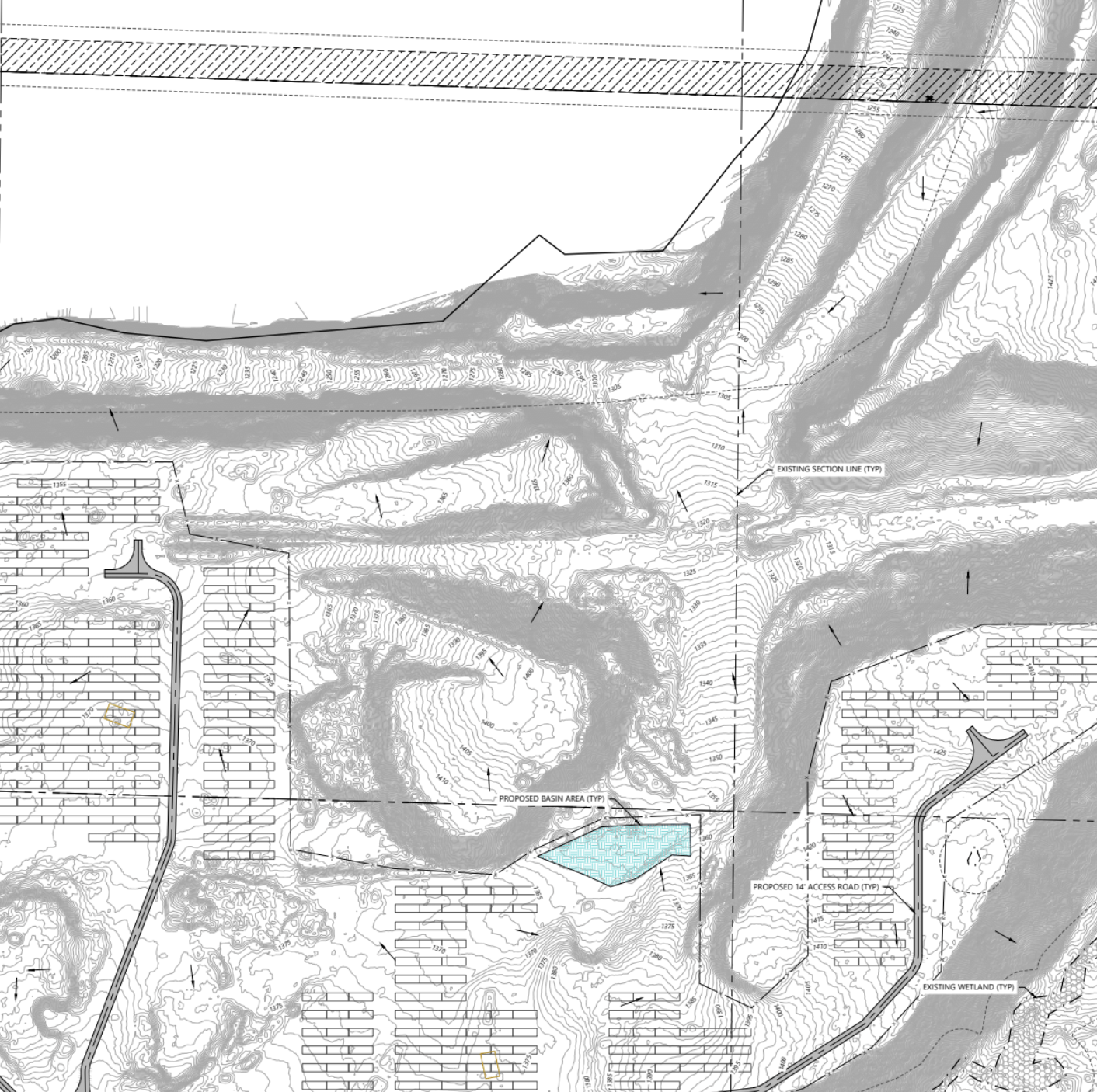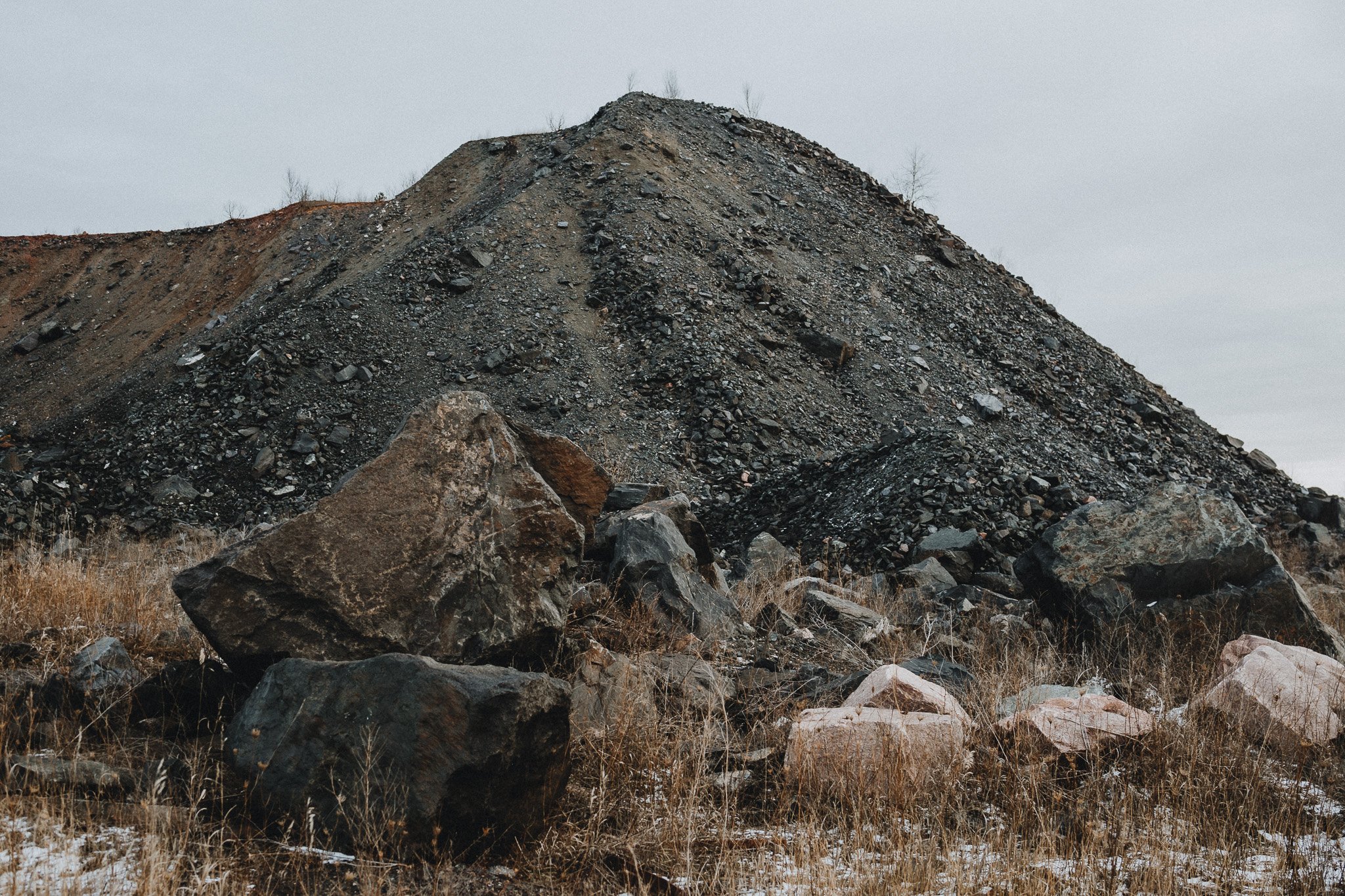

Development Process
Developing a renewable energy project is a complex process that requires a different approach for each location. We follow industry best practices and understand that every project is shaped by the specific geography of the site and the needs of our partner communities. It's like solving a puzzle – to make the project a success, all the pieces need to fit together.
Step by Step
Select a Project Site
The first step in developing a renewable energy project is to identify a suitable location. This involves assessing factors such as the availability of land, the current use of land, and access to electrical grid infrastructure. We also engage with landowners to understand their needs and concerns.
Apply for Grid Interconnection
Throughout most of Michigan, interconnection to the electric grid is controlled by an organization called the Midcontinent Independent System Operator, or MISO. Every electric generating facility — coal, natural gas, and solar — must meet strict safety requirements to get MISO’s permission to interconnect, a process that takes an average of three to five years. During that time, MISO studies the new projects’ type and the manner of the proposed interconnections to ensure the systems meet the agency's safety guidelines.
Design and Permit the Project
Once a site is selected, the project team creates a design for the renewable energy installation. We work closely with local authorities to ensure the project meets all necessary regulations and obtains the required permits. Throughout this process, learn and adapt the project to the community’s needs, share information about the project, and answer questions. We also work with partner communities to develop a community benefits package.
Construct the Project
During the construction phase, the renewable energy project is installed at the site. This involves preparing the land, assembling the equipment, and connecting the system to the electrical grid. We work with Tier I suppliers, construction firms, and the Building Trades to design and construct our projects. Together, we ensure that strict safety and quality control measures are followed throughout the process.
Operate and Maintain the Project
Once the project is up and running, the focus shifts to maintaining optimal performance. This includes continuously monitoring the system, conducting routine maintenance, and troubleshooting any issues that arise. Once in service, solar facilities can generate electricity efficiently for 30 years or more.
Planning for the Future: Decommissioning Agreement
A decommissioning agreement provides communities and landowners with a contract for a smooth transition when a project is no longer in use. By proactively planning for the project’s eventual decommissioning, this agreement fosters transparency, protects local governments and landowners, and ensures that the site can be repurposed for future use.
A decommissioning agreement ensures that equipment will be removed and the site cleaned up at the end of a facility’s useful life. It is a legally binding agreement that lays out the process of safely dismantling a facility. It includes key elements such as site restoration plans, compliance with relevant regulations, and a cost estimate that is regularly updated. Decommissioning agreements also provide for financial support to ensure funding is in place to carry out the decommissioning plan.

“Every project is unique, but it always starts with getting to know our partner community.”
Jordan Roberts, Circle Power CEO
Groveland Mine Solar Gives Historic Mining Site New Life
From Brownfield to "Brightfield"
Brownfield sites are often difficult to redevelop due to their previous use – but, through the installation of solar farms, they become “brightfields” that create taxable value for local entities and produce low-cost, renewable energy.
Click here to see historic photos and learn more about how the site will be repurposed for Groveland Mine Solar.

















